Steaming vegetables is an age-old technique that helps retain their natural flavors, colors, and nutrients. Mastering the art of steaming vegetables can truly elevate your home-cooked meals. This guide will provide you with useful tips and techniques to ensure you achieve perfectly steamed vegetables every time.
-
Content
Choose the Right Equipment for Steaming
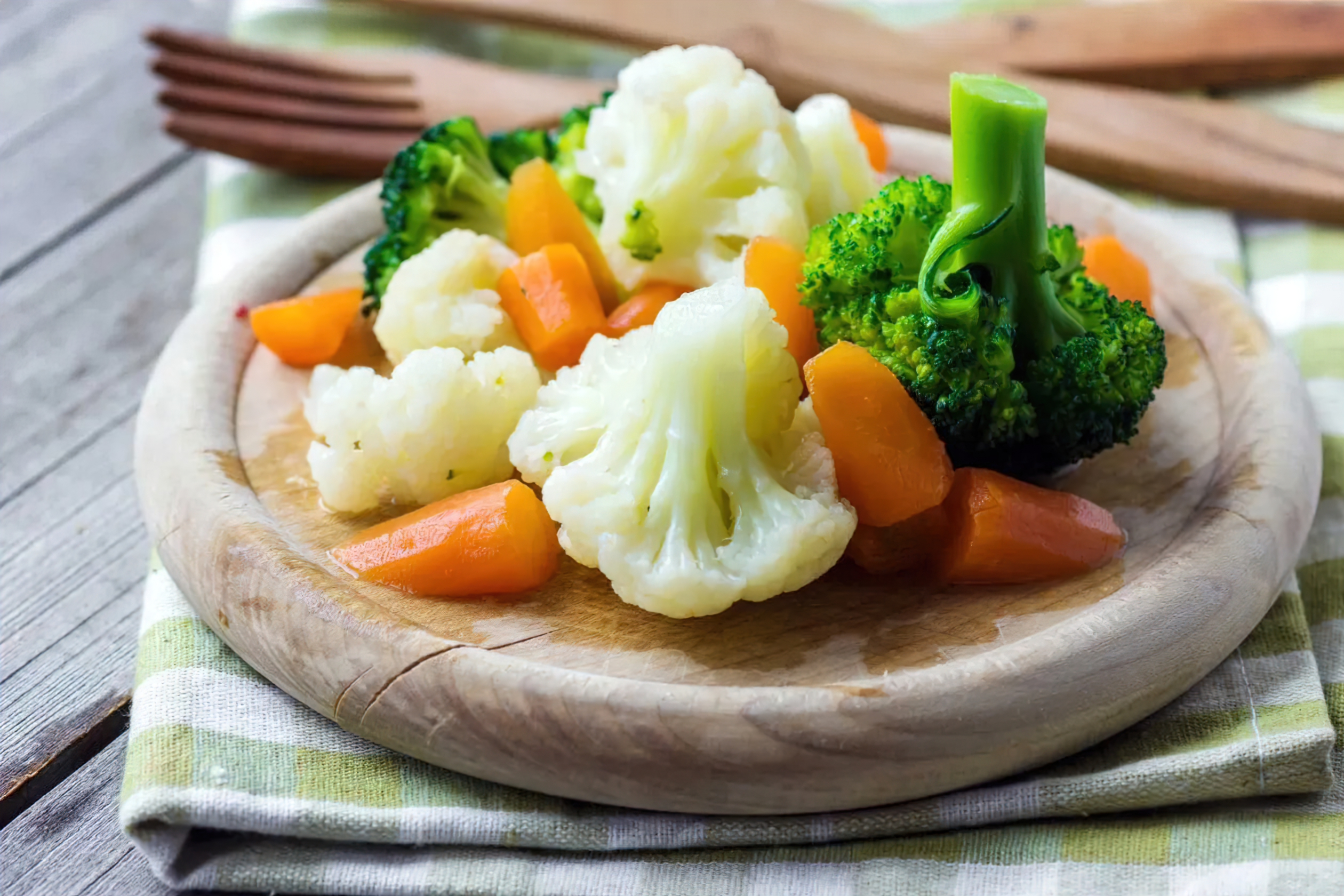
When it comes to steaming vegetables, the right equipment can make all the difference. A steamer basket or a steamer insert that fits in a saucepan is ideal for this purpose. Alternatively, a bamboo or stainless steel steamer can be used with a wok or a pan for a more traditional approach. Ensure that the steamer leaves enough space for steam to circulate and cook the vegetables evenly.
-
Prepare Your Vegetables for Steaming
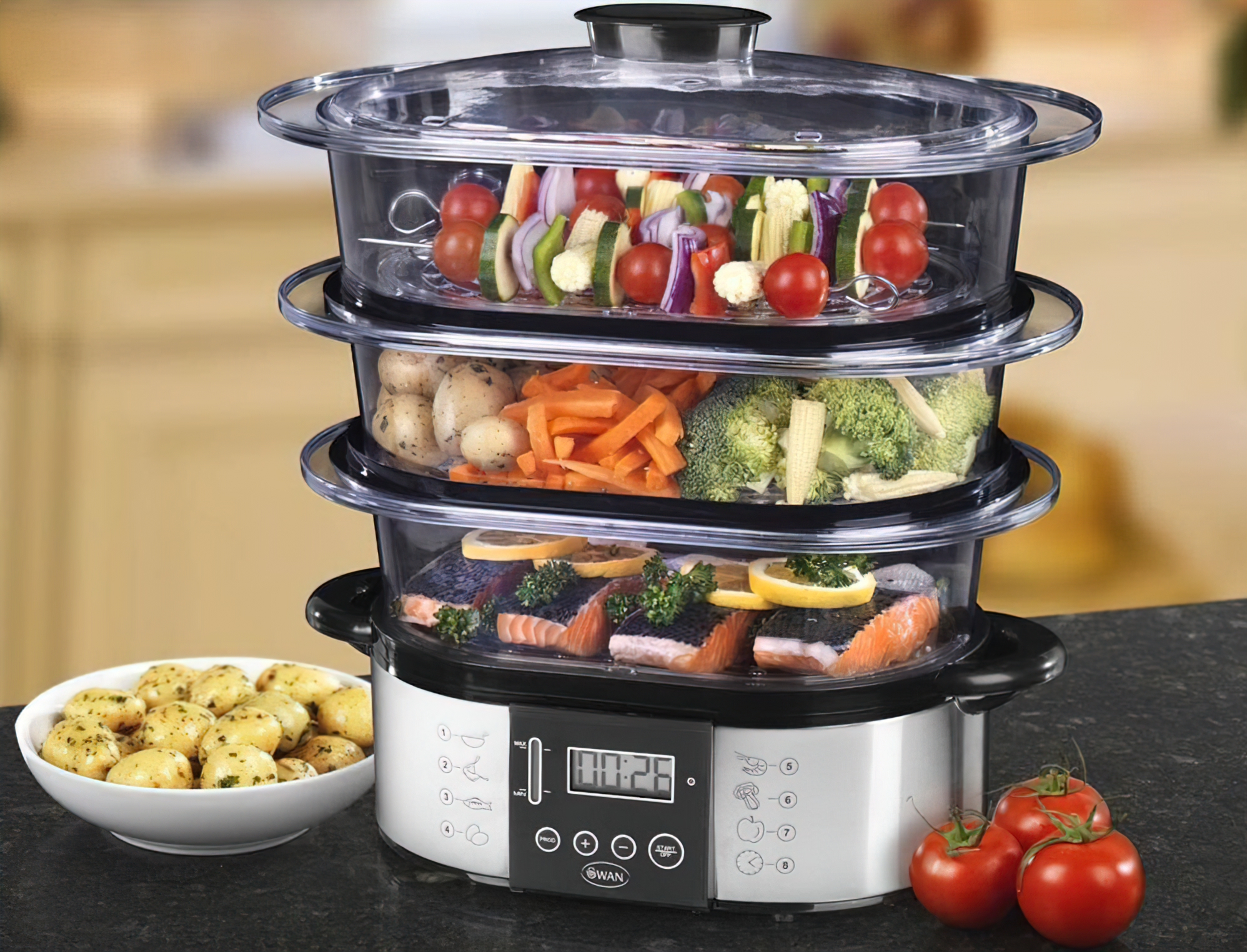
Before you begin steaming, wash and trim your vegetables. Cut them into uniform sizes to ensure even cooking. It’s important to remember that denser vegetables like carrots and potatoes will take longer to cook than more delicate vegetables like green beans and asparagus. Arrange the vegetables in a single layer in the steamer, leaving enough space between each piece for steam to circulate.
-
Steam Your Vegetables to Perfection
Fill a pot with water just below the level of the steamer insert, and bring it to a boil. Once the water is boiling, place the steamer with the vegetables into the pot, cover, and reduce the heat to maintain a steady flow of steam. Steam times vary depending on the type and size of the vegetables; for example, green beans might take 5-7 minutes, while carrots may take 10-15 minutes. Check for doneness by inserting a fork or knife into the thickest part of the vegetable. The vegetable should be tender but still retain a slight crunch.
-
Season and Serve Your Steamed Vegetables
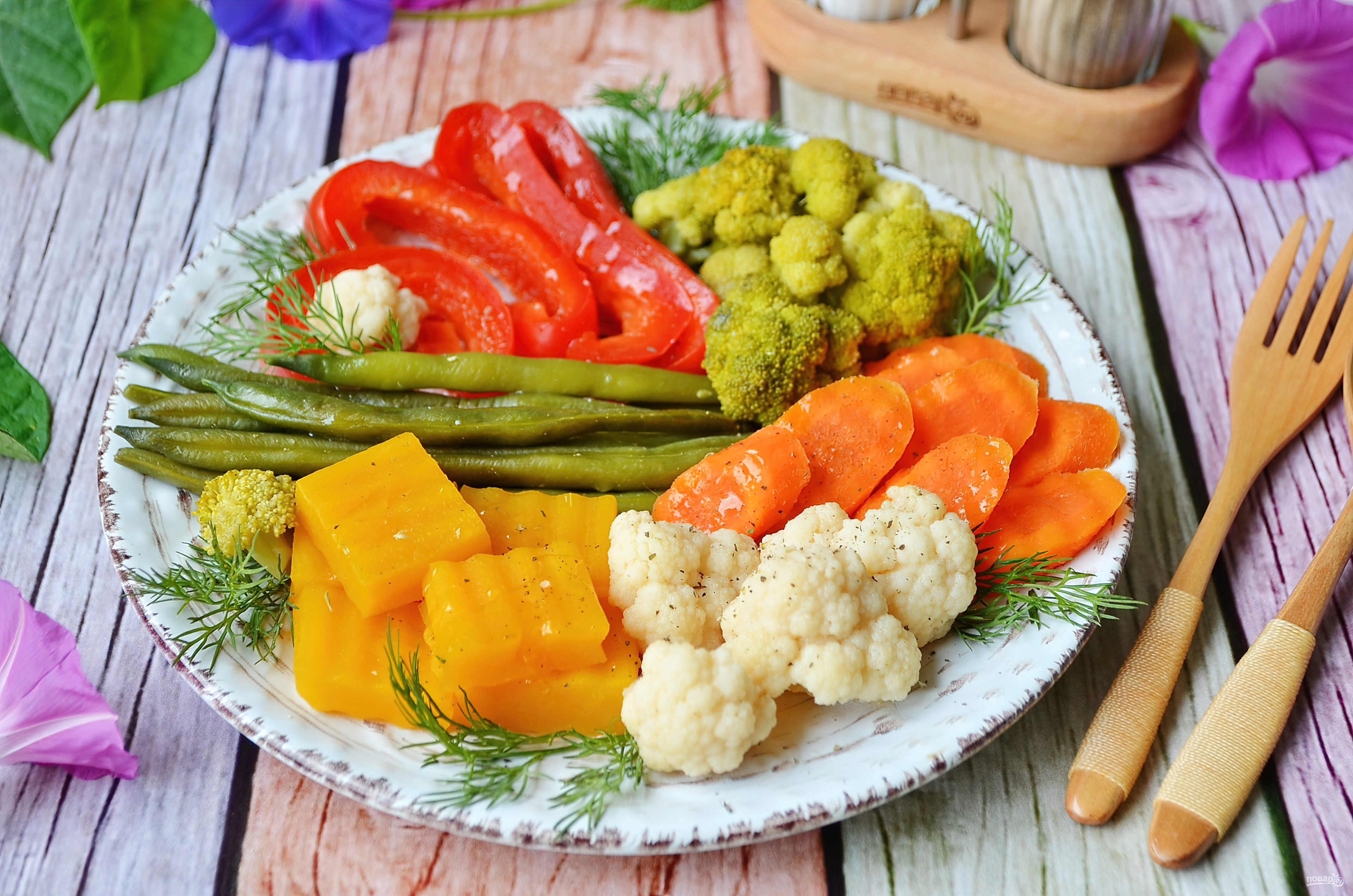
Once your vegetables are cooked to perfection, remove them from the steamer and transfer them to a serving dish. Season with salt, pepper, and a drizzle of olive oil or melted butter. Add a splash of lemon juice, fresh herbs, or your favorite sauce to enhance the flavors. Serve immediately to enjoy the full benefits of perfectly steamed vegetables.
-
Tips for Steaming Frozen Vegetables
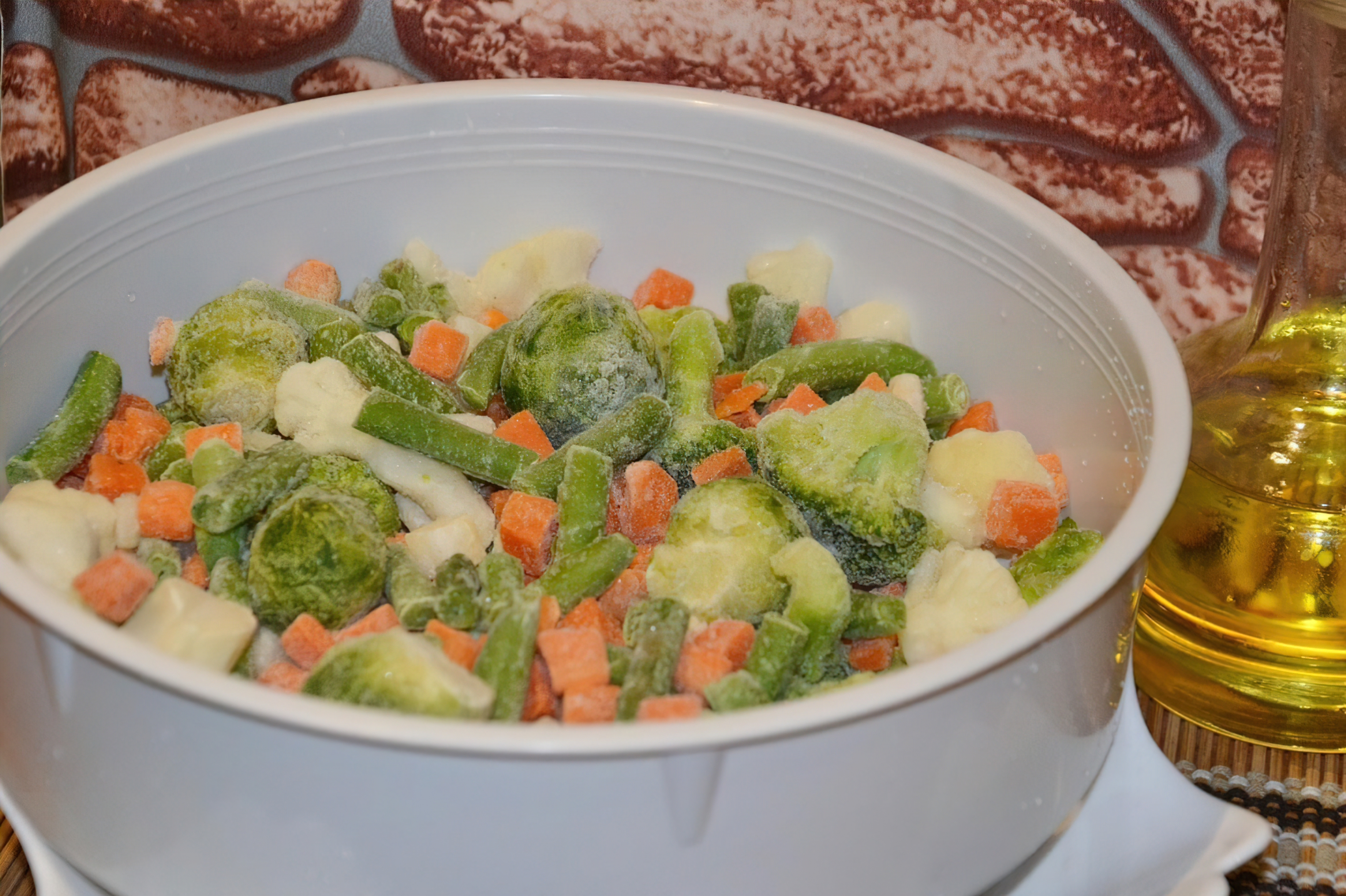
Steaming frozen vegetables can be a convenient and quick way to prepare a nutritious side dish. To steam frozen vegetables, there is no need to defrost them beforehand. Place them directly in the steamer, making sure not to overcrowd the basket. The steaming time for frozen vegetables may be slightly longer than for fresh vegetables, so adjust the cooking time accordingly. Check for doneness, and remember that it’s better to slightly undercook than overcook your vegetables to preserve their texture and nutrients.
-
Troubleshooting Common Steaming Issues
Sometimes, steaming vegetables may not produce the desired results. Here are some common issues and how to fix them:
- Overcooked or mushy vegetables: Ensure that you don’t steam your vegetables for too long. Use a timer and check for doneness frequently.
- Unevenly cooked vegetables: Cut vegetables into uniform sizes and arrange them in a single layer in the steamer basket.
- Lack of flavor: Season your vegetables after steaming, and consider adding herbs, spices, or sauces to boost their taste.
-
Benefits of Steaming Vegetables
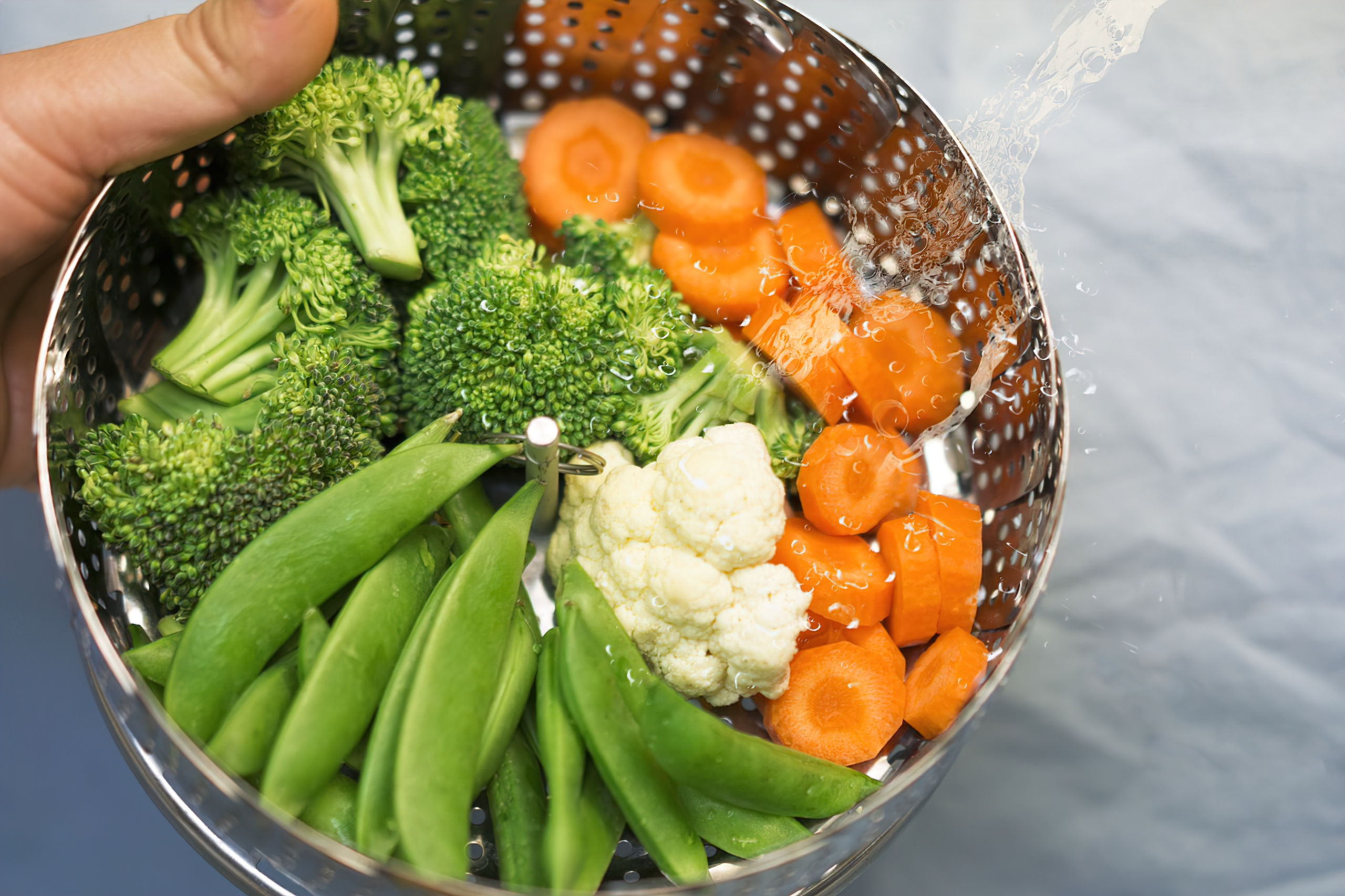
Steaming is an excellent cooking method for vegetables, as it provides numerous benefits:
- Retains nutrients: Steaming helps preserve the vitamins and minerals in vegetables.
- Enhances color and texture: Steamed vegetables maintain their vibrant colors and a tender-crisp texture.
- Low in calories and fat: Since steaming doesn’t require added oils or fats, it’s a healthier option compared to frying or sautéing.
- Easy cleanup: Steaming requires minimal equipment, which means less time spent cleaning up after cooking.
Embrace the art of steaming vegetables and enjoy the benefits of this simple yet effective cooking technique. Not only will your dishes be healthier and more vibrant, but you’ll also become a more versatile home cook.


